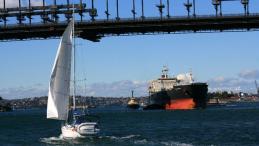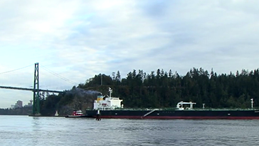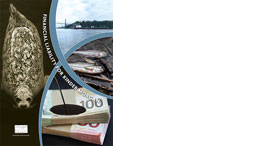New poll shows pipeline and tanker concerns rank higher than health care for most British Columbians
VANCOUVER, B.C. ─ In a poll released today by Living Oceans Society, B.C. residents living along the proposed Kinder Morgan pipeline route ranked pipeline and tanker issues virtually neck-and-neck with the economy as the most important issue facing the province today and more important than health care, which took the number three spot.





